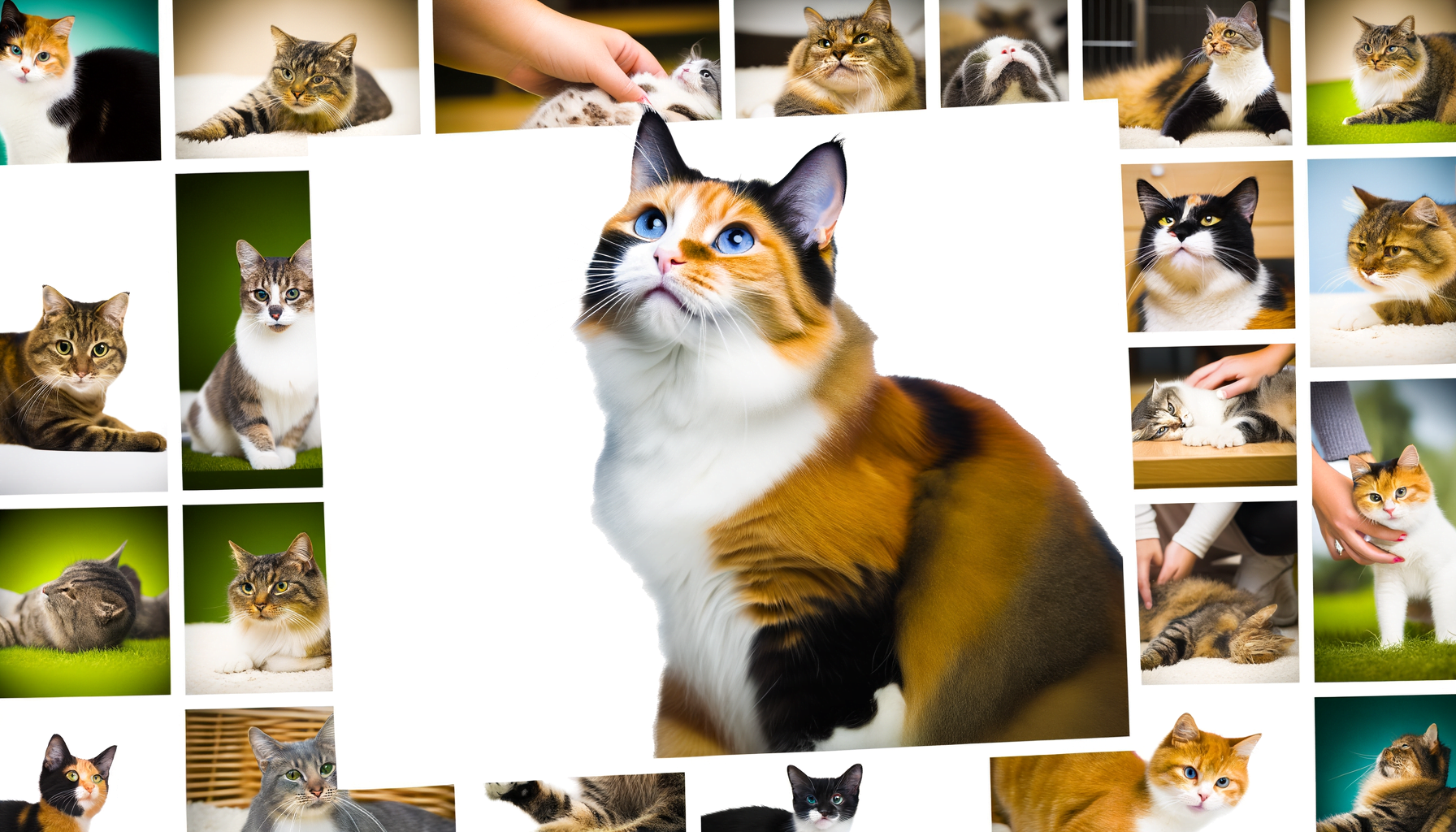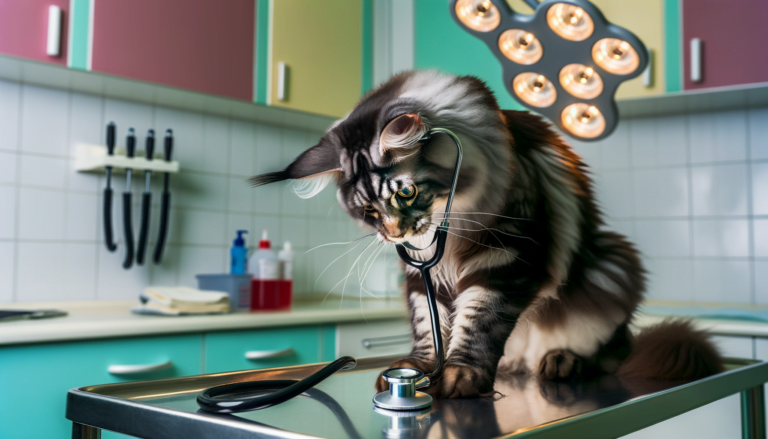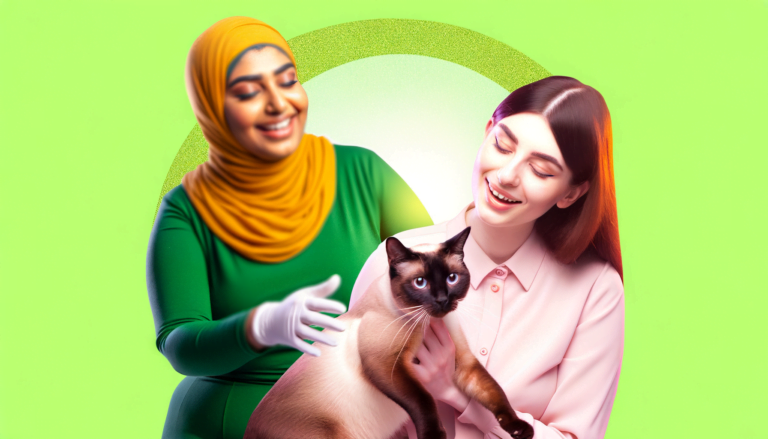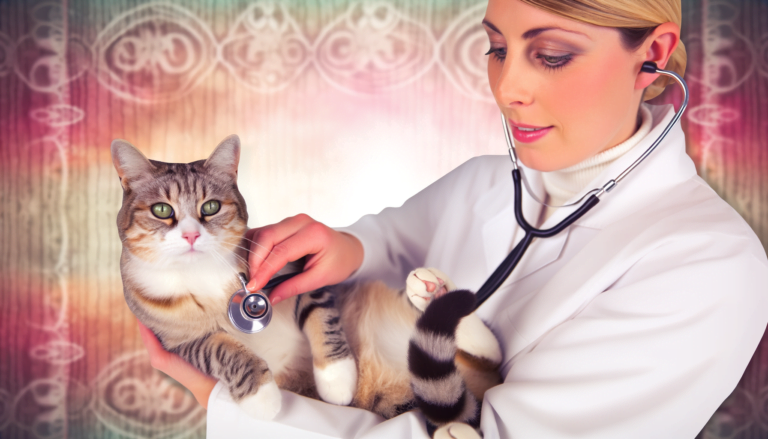Inbreeding in Cats: Unraveling the Health Risks
Yes, inbred cats can have various health problems. Breeding closely related cats intensifies the passing on of hereditary disorders and recessive genes, resulting in a higher probability of health issues. Notably, this can lead to cats exhibiting both physical and mental abnormalities, such as heart defects, impaired immunity, blindness, deafness, or other congenital anomalies. Hence, while inbreeding can occasionally result in desirable traits, the potential for serious health complications emphasizes the importance of diverse genetic backgrounds in breeding strategies.
Strategies for Preventing Inbreeding in Cats
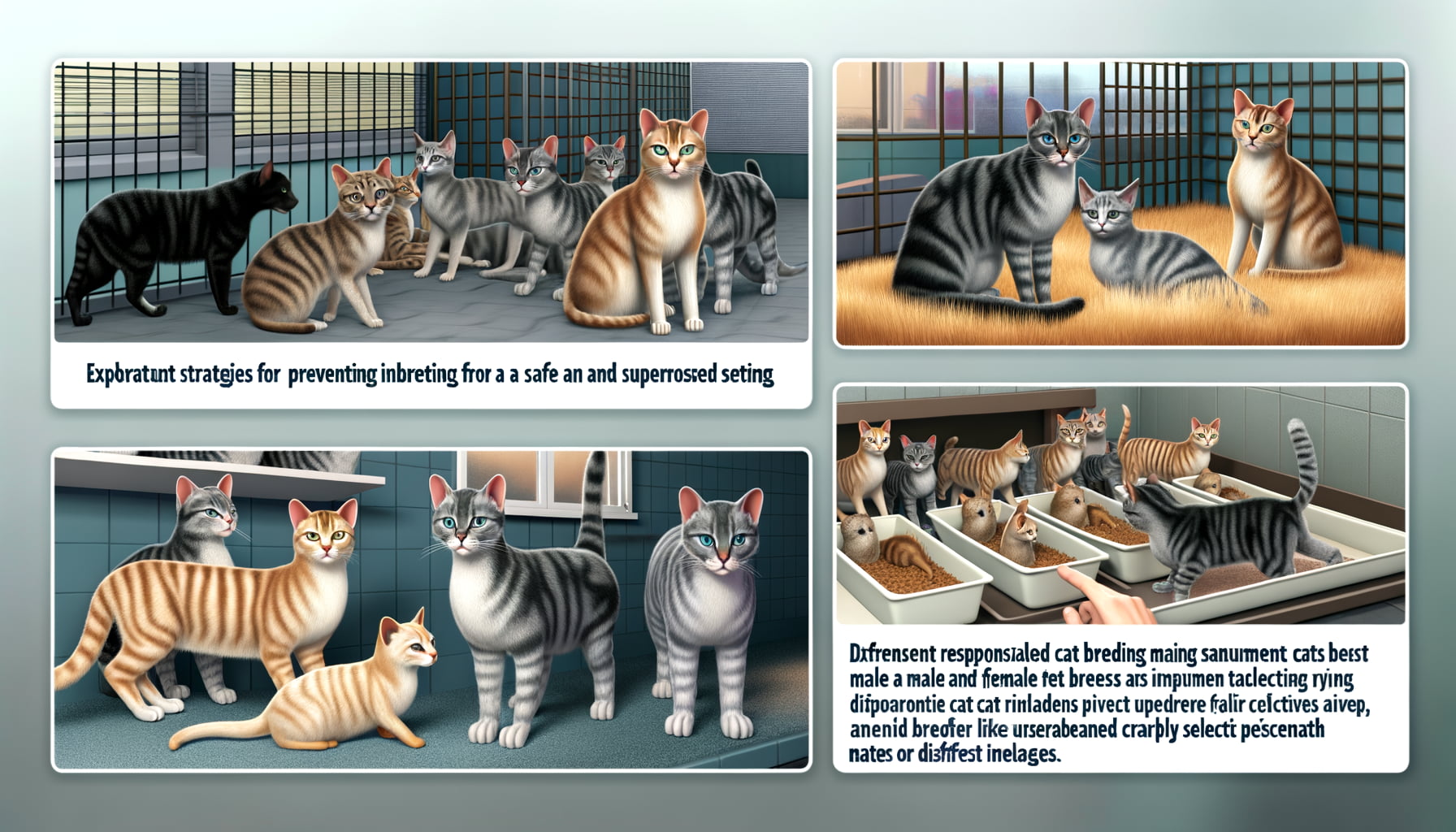
The prevention of inbreeding among cats hinges upon a mindful approach, one that considers genetic diversity and responsible breeding practices. A paramount strategy is ensuring mate selection that upholds genetic diversity. Pairing cats that share no close ancestry helps to maintain a “genetic pool” and reduces the risk of hereditary health issues.
An adoption of effective record-keeping practices goes a long way in preventing inbreeding. Detailed records enable breeders to trace the lineage and ascertain the genetic diversity of a potential mate. Another essential practice is enlisting the services of a cat geneticist or a veterinarian who specializes in genetic diseases. Their expertise would aid in identifying potential health issues that may arise from pairing certain breeds.
Lastly, awareness and education should not be underestimated. Cat breeders, pet owners, and even pet buyers should understand the implications of inbreeding and its potential to prompt health issues. These stakeholders must know the importance of genetic diversity in maintaining a healthy cat population. By doing so, informed decisions will contribute to the preservation of health and longevity in our feline companions.
Impact of Inbreeding on Cats’ Behavior and Lifespan

Delving into the sphere of feline breeding, one aspect that stands out is the impact of inbreeding on a cat’s behavior and lifespan. Inbred cats often exhibit erratic behaviors, indicating an effect on their neurological health. Many such cats appear less active and show diminished interest in their surroundings. To further complicate matters, they might display signs of aggression or fear without apparent triggers. These behavioral issues hint at the hidden toll of inbreeding, as genes that carry neurological issues can become prominent.
But the repercussions of inbreeding extend beyond behavior. Exploring the effect on lifespan, studies show that inbred cats generally have shorter lives. This is largely due to the genetic problems that come with inbreeding often leading to serious health conditions. Vital organs like the heart or kidneys may be affected or they might be more susceptible to diseases that can hinder their overall quality of life and, eventually, result in reduced lifespan.
In light of these facts, it becomes unmistakably clear that inbreeding poses a substantial risk to both the behavior and lifespan of cats. However, the issues do not end here. The implications of this extend to the nature of breed preservation and the ethics of animal welfare. With resistance to diseases compromised and life quality decreased, it draws attention to the urgent need for responsible breeding practices.
Common Health Issues in Inbred Cats
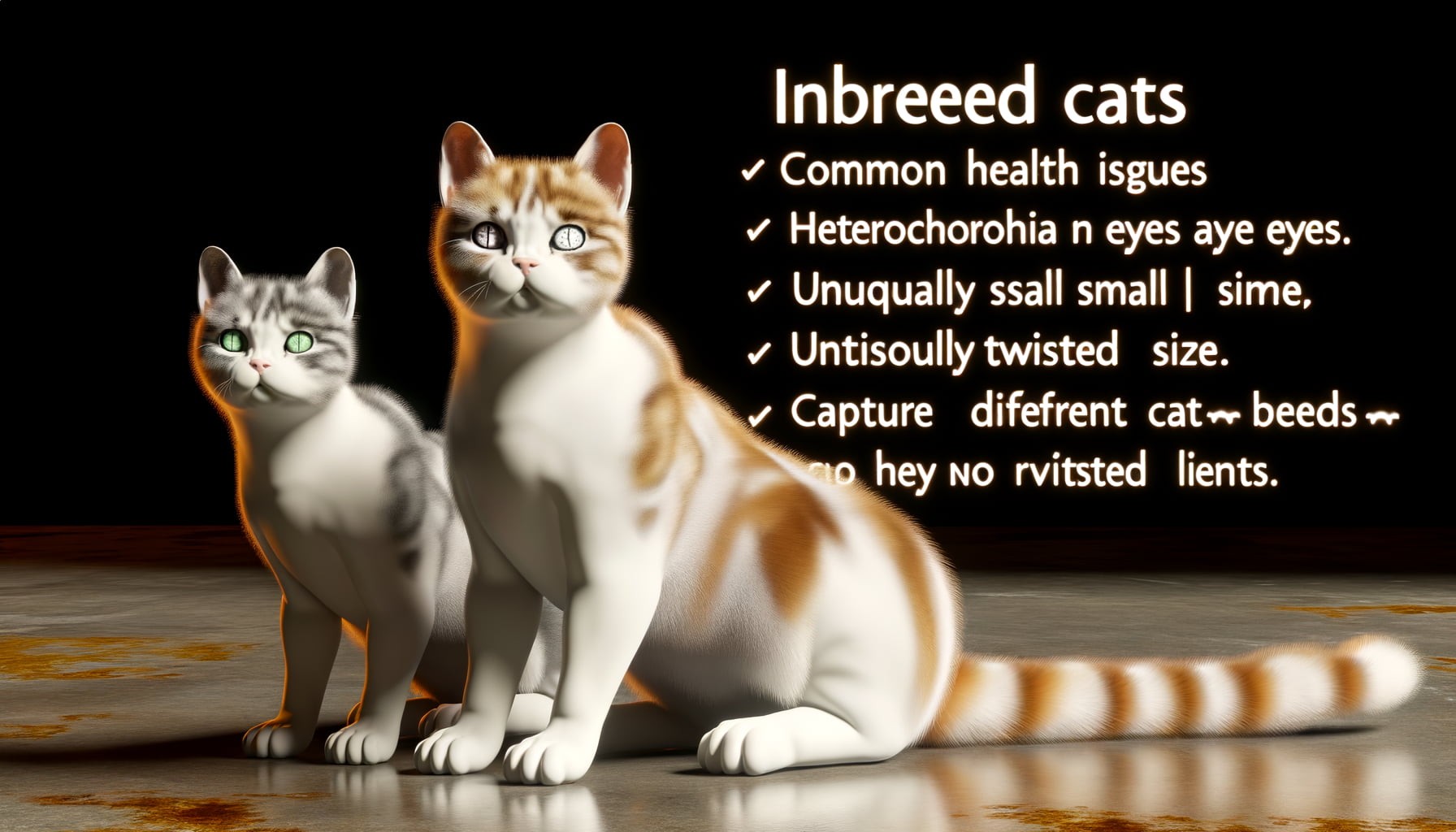
Inbred cats often face a number of health complications due to their limited gene pool. Predominantly, these felines are more susceptible to hereditary disorders that could affect their quality of life.
One frequently observed issue is immunity deficiency. The immune system in these cats tends to be weaker, making them more vulnerable to infections. Moreover, they often exhibit congenital disabilities and genetic anomalies, including structural deformities, which can, in certain instances, drastically reduce their lifespan.
Another prevalent issue observed in inbred cats is cardiac ailments. Felines with close genetic makeup often exhibit a propensity for heart diseases. Additionally, they may experience severe bodily dysfunctions, such as kidney or liver failure, much earlier in life than typically expected. This owes to the replication of harmful genetic traits, making these conditions dominant and, consequently, more likely to occur.
Understanding Genetic Problems in Inbred Cats

In genetic studies, inbreeding is a commonly recognized issue that affects various animals, particularly domesticated species like cats. Cats that are inbred, meaning they share close genetic relationships, are prone to specific genetic problems. When similar genes are passed on from both parents, there’s an increased risk that the offspring will inherit defective genes that could cause health concerns.
Comprehending the complexities of the genetics in cats may seem daunting. Undeniably, the genes of inbred cats carry detectable patterns equivalent to a pathway; each pair either leading to optimal health or running into potential genetic defects. This occurs because of the prevalence of the same genes from closely related parents, translating into less genetic diversity and a greater propensity for health concerns.
The health risks associated with inbreeding are numerous and negative. A common manifestation of these risks includes, for instance, a higher occurrence of genetic disorders. These can adversely impact a cat’s quality of life, or in extreme cases, it can prove fatal. Thus, understanding the genetic ramifications of inbreeding in cats is crucial for maintaining their well-being.
Conclusion
Inbreeding in cats poses serious health risks that cannot be ignored. From genetic abnormalities to compromised immune systems, the consequences of this practice can have lasting effects on feline populations. It is crucial for cat breeders and pet owners alike to understand the dangers associated with inbreeding and take steps to prevent further harm.
By raising awareness about the negative impact of inbreeding, we can strive to protect the well-being of cats and ensure their continued health and vitality. Through responsible breeding practices and education, we can work towards a future where all cats can thrive without the burden of genetic defects and health complications.
